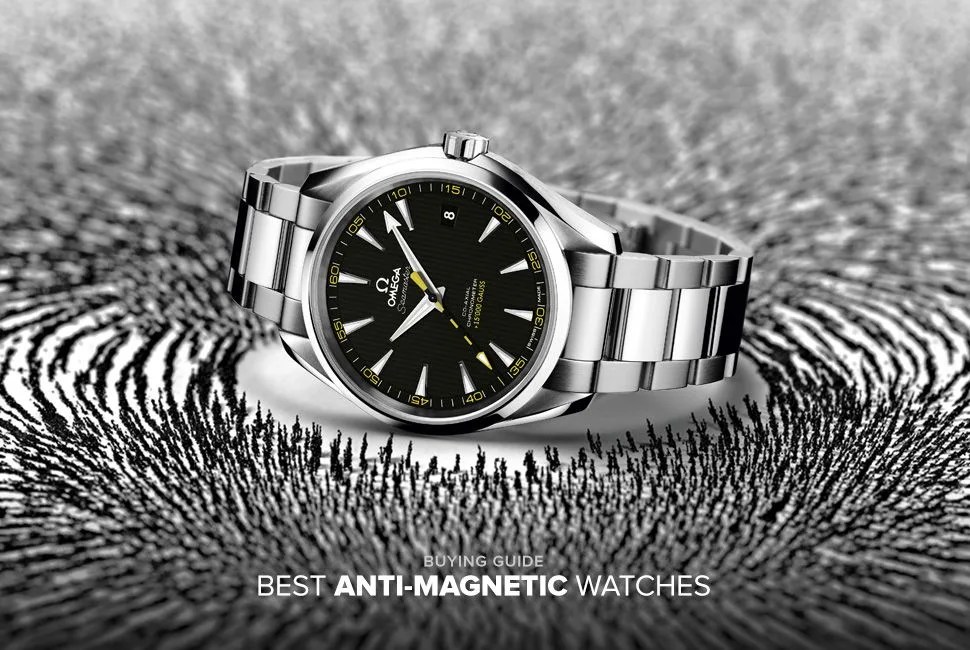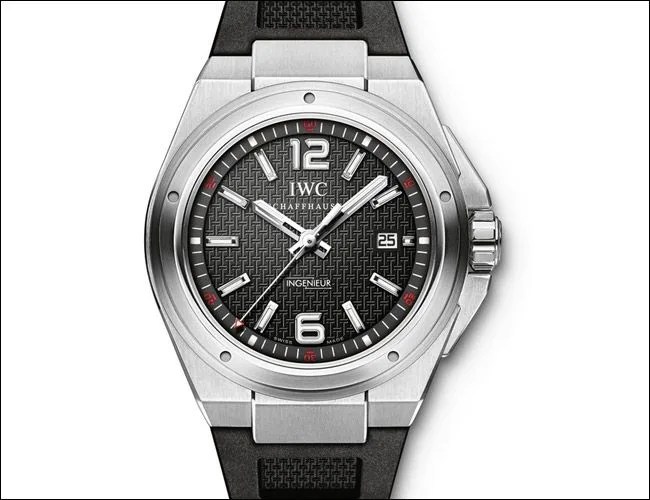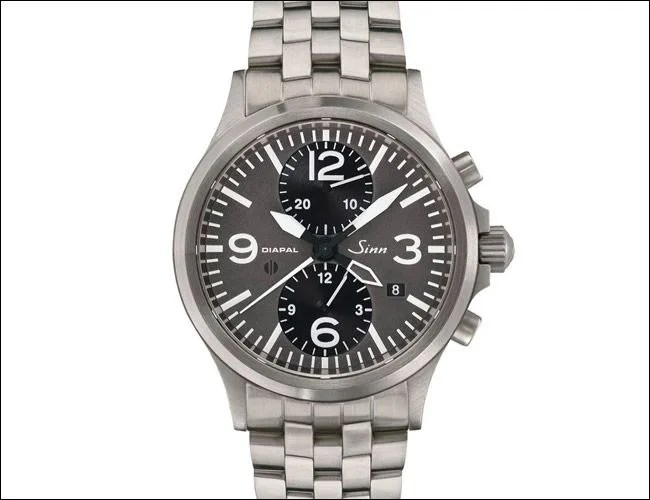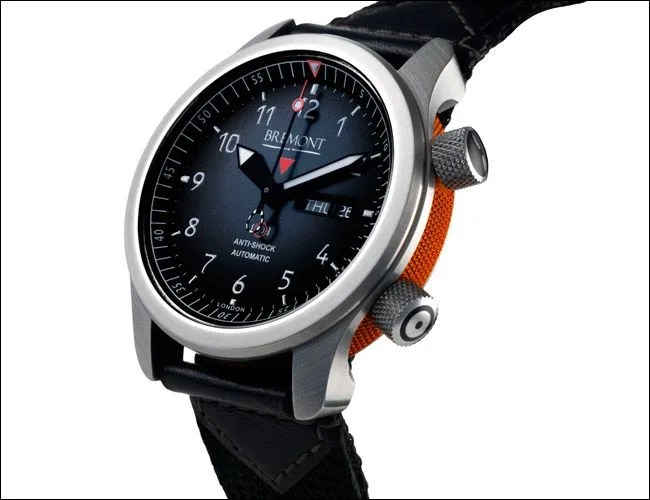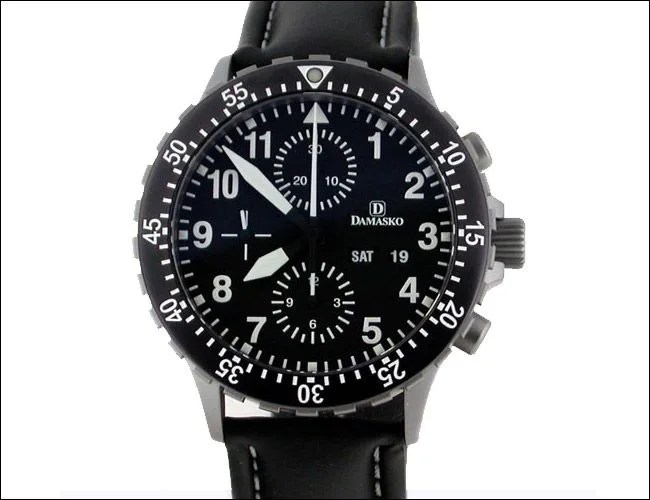Despite being powered by borderline ancient spring technology, the mechanical watch ranks as one of man’s most complex machines. What appears so simple on the outside — the hour hand slowly creeping, the minute hand maintaining a steady lead, both at a virtual standstill when compared to the smoothly sweeping second hand — is infinitely more complicated on the inside. It’s no surprise that impossibly small bridges, gears, and springs are susceptible to being thrown out of whack by outside elements. While sudden shock and changes in temperature are two of the more obvious culprits, magnetic fields are a bit more subtle.
MORE TOUGH TIMEKEEPING GP100: The New Breitling Emergency | Seven Best Dive Watches | 5 Best Watches for the End of the World
Magnetic fields have been the enemy of an accurate timepiece for as long as mechanical watches have been around. As the presence of technology increased, so did the potential for magnetized balances. All it takes to affect a watch without magnetic protection is a quick exposure to a magnetic field found in everyday items like speakers, computers, and microphones. At a minimum, weak magnetic fields can throw your watch a few seconds ahead, which is an obvious nuisance. At the worst, strong magnetic fields can wreak absolute havoc on a watch’s ability to maintain time.
If everyday electronic items can cause issues, you can imagine what the strong magnets encountered by engineers, scientists, and pilots would do. Members of these occupations wanted to wear watches too, and so early watchmakers were forced to search for answers. The exact origins of the anti-magnetic watch are difficult to track down, but many signs point to a non-magnetic, palladium-made escapement patented by Charles-Auguste Paillard in the mid 1880s. Several years after his invention, the Geneva Non-Magnetic Watch Co. began offering pocket watches with his escapement. For the next 25 years or so, variations of the Paillard escapement found their way into pocket watches from the Non-Magnetic Watch Co. of America, Peoria Watch Co, Paillard Non-Magnetic Watch Company, A.C. Smith Watch Co, A.C. Becken Co, and Elgin. Meanwhile, companies like IWC and Waltham patented their own non-magnetic designs.
While it’s not entirely clear who pioneered the first anti-magnetic wrist watch, IWC’s Mark 11, released in 1948, was certainly an early one. Rolex and Omega were not far behind with the Milgauss and Railmaster, respectively. These three watches were purpose-built tool watches that relied on a soft iron protective layer around the movement (colloquially referred to as a Faraday cage) for protection. Thanks to the foolproof Faraday cage — it’s still used today — and resilient construction, the original Mk11, Milgauss and Railmaster would all still pass muster according to modern official anti-magnetic standards (ISO 764), which require resistance to a field strength of 4,800 A/m (amperes per meter, the International Unit for magnetic field strength).
In more recent years, watchmaking materials have improved to the point where many Swiss-made mechanical watches meet minimum anti-magnetic standards. But that’s not good enough for us; we’re bringing you six of the most badass anti-magnetic watches on the market. Each has the same magnetic field resistance, 80,000 A/m, except for Omega’s offering, which…well, it puts the other timepieces’ resistances to shame. Now, go forth and fear no refrigerator magnets.
Rolex Milgauss
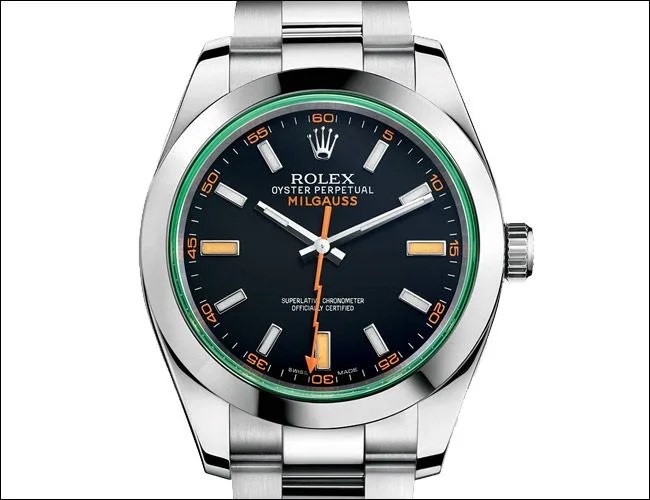
In 2007, Rolex revived the Milgauss ($8,200) line originally made for scientists working at CERN. Milgauss is no random name: the original version had anti-magnetic protection up to 1,000 gauss (that’s milli-gauss, which equals just about 80,000 A/m, if you were wondering). This time around, Rolex didn’t stop at the Faraday cage. Inside the Milgauss, you’ll find Rolex’s benchmark Parachrom hairspring, as well as other non-ferrous materials throughout the movement. Despite the likely increase in anti-magnetic capabilities, Rolex kept the name to honor its predecessor. With a trademark lightning bolt second hand, the Milgauss is nicely sized at 40mm and comes in three variations: black or white dial with a clear crystal, or the anniversary model with a black dial and green-tinted crystal.
